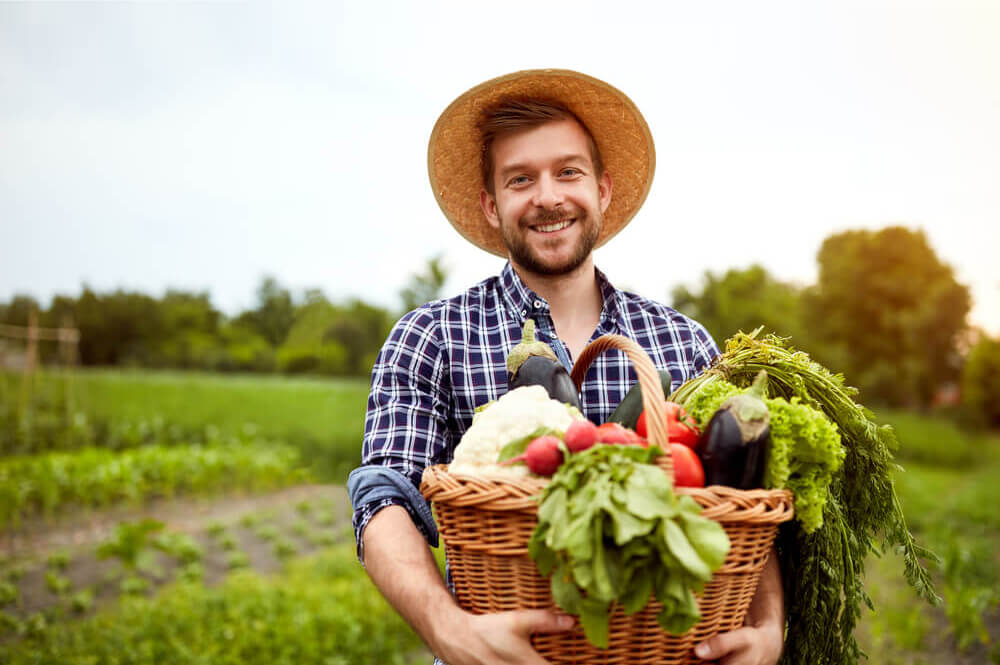The Farm to Table movement is a steadily growing trend, for good reason. It increases food security for regional communities,, reduces the environmental impact of food transportation, encourages communities to meet their own food supply needs as much as possible, and promotes self-reliance through ethical labor practices, community upliftment, and environmental conservation.
In other words, it’s good for you, good for the economy, and good for the environment.
- Good for you. Buying and eating local produce promotes healthier eating. Most produce loses its nutrients within 24 hours after harvesting. By sourcing locally, everyone can get their ingredients quicker while at peak freshness and full of nutrients. Shoppers like you can get food that not only tastes exceptionally better but is packed full of the natural vitamins that promote better health. Not only that, fresh produce makes a great meal, whether you’re eating out or cooking at home.
- Good for the economy. Buying from local farmers and ranchers strengths the local economy. Farming in the U.S. has been on a steady decline over the last 90 years due to cheaper imports of produce and meats from other countries. By encouraging more local sourcing, sustainable farming is once again on the rise.
- Good for the environment. Imported produce and meats require freezing or additives for preservation. In addition, international sources are hard to track when it comes to growing and livestock raising health and food safety practices. When we buy internationally, it costs more, the food is not as fresh, and there are real concerns about food safety and the cost to the environment for shipping and storing.
Ready to eat farm to table? Check out these ways to get fresh, local produce and support your local growers!
- Farmers’ Markets. Farmers' markets are one of the oldest forms of direct marketing by small farmers. From the traditional "mercados" in the Peruvian Andes to the unique street markets in Asia, growers all over the world gather weekly to sell their produce directly to the public. For many farmers and shoppers, they’ve become a weekly ritual. Shopping at a farmers' market is a great way to meet local farmers and get fresh, flavorful produce. Take time to get to know your farmers and learn from them about your local produce.
- Community Supported Agriculture (CSA). CSAs have become a popular way for consumers to buy local, seasonal food directly from a farmer. With a CSA, a farmer offers a certain number of "shares" to the public. Typically the share consists of a box of vegetables, but other farm products, like honey, butter, cheese, or meats may be included. To join a CSA, you purchase a share (aka a "membership" or a "subscription") and in return receive a box (bag, basket) of seasonal produce each week throughout the farming season. It’s a great way to try new produce while supporting your local farmers. Find a farmer’s market or CSA near you.
- Farm to Table restaurants. The Farm to Table movement is a social movement calling on consumers to choose natural, often organic, locally produced foods over imported or processed alternatives, and restaurants (like home cooks) have embraced the trend because the movement supports community—rather than global–food systems. Farm to Table restaurants purchase produce directly from growers to support local economies and farming communities and encourage sustainable farming practices. Some restaurants may even grow some of their own produce. It’s another great way to support the local economy when you don’t feel like shopping or cooking!
Thrive on!

